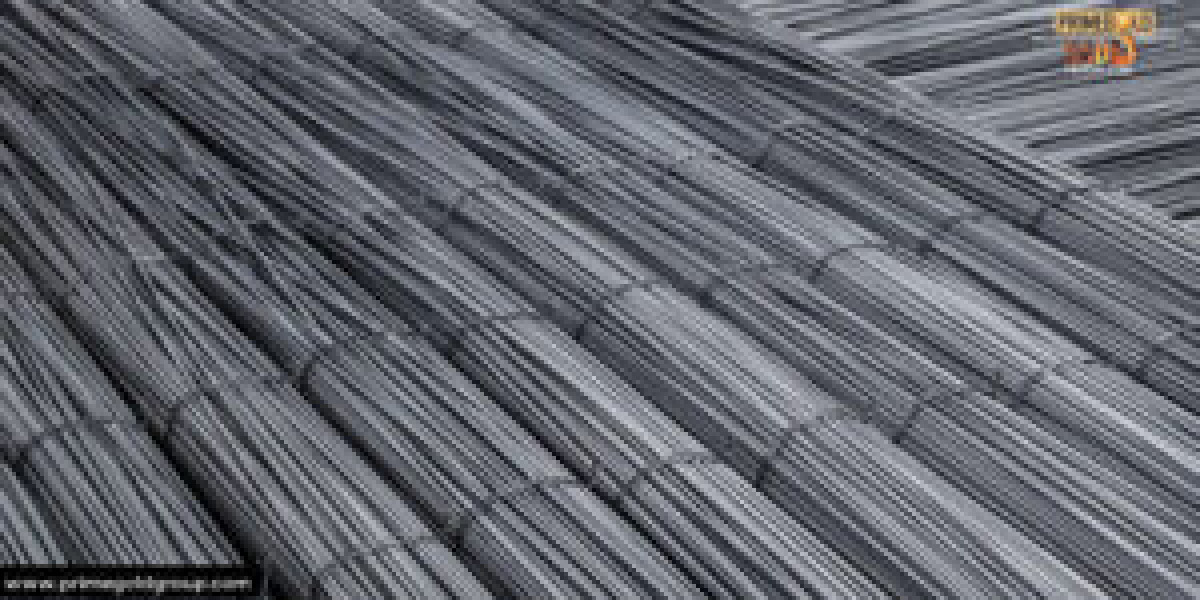The price of TMT bars is a crucial factor for builders, contractors, and anyone involved in construction. TMT bars, or Thermo-Mechanically Treated bars, are the backbone of any construction project, providing the necessary strength and flexibility to structures. However, understanding what drives the cost of these bars can help you make informed decisions when purchasing them.
In this blog, we will delve into the factors that influence the price of TMT bars, helping you navigate the complexities of the construction materials market.
1. Raw Material Costs
The primary raw material for manufacturing TMT bars is iron ore or scrap steel. The fluctuation in the prices of these raw materials directly impacts the price of TMT bars. When the cost of raw materials rises, manufacturers often pass on this increase to customers. Global market trends, supply chain disruptions, and mining policies can all affect raw material prices.
2. Manufacturing Process and Technology
The quality and type of manufacturing process used to produce TMT bars also play a significant role in determining their price. Advanced manufacturing processes that incorporate the latest technology tend to produce higher-quality TMT bars, which might come at a premium. The price of TMT bars can vary depending on the technology used, such as quenching, self-tempering, and thermo-mechanical treatment processes, which enhance the strength and flexibility of the bars.
3. Brand and Quality Standards
Brand reputation and adherence to quality standards significantly influence the price of TMT bars. Renowned brands like Primegold International Limited, known for their commitment to quality and consistency, may charge higher prices due to their established reputation and strict quality controls. These brands often adhere to international standards such as ISO, BIS, and other quality certifications, ensuring that the TMT bars meet the required safety and durability benchmarks.
4. Market Demand and Supply
Like any commodity, the price of TMT bars is also subject to the principles of demand and supply. During peak construction seasons, when demand is high, prices may rise due to increased competition among buyers. Conversely, during off-peak seasons, prices may dip as manufacturers and suppliers look to clear their inventory. Keeping an eye on market trends and purchasing TMT bars during off-peak times can help you secure better prices.
5. Transportation and Logistics
The cost of transporting TMT bars from the manufacturing plant to the construction site is another factor that affects their price. The farther the distance, the higher the transportation costs, which are often passed on to the consumer. Additionally, factors such as fuel prices, road conditions, and the availability of logistics services can also influence transportation costs. Therefore, the price of TMT bars can vary depending on the location of your construction project.
6. Government Policies and Taxes
Government regulations, taxes, and import/export duties can have a significant impact on the price of TMT bars. For instance, changes in GST rates, customs duties on raw materials, or new environmental regulations can affect the overall cost of production and, consequently, the selling price of TMT bars. Staying informed about government policies and tax structures is essential for anticipating price changes.
7. Grade and Size of TMT Bars
TMT bars come in various grades and sizes, each suited for different types of construction projects. Higher-grade TMT bars, which offer better strength and durability, generally command a higher price. Similarly, the size and diameter of the bars also influence the price of TMT bars. Larger diameters typically cost more due to the increased amount of material used.
8. Competition Among Suppliers
The level of competition among TMT bar suppliers in a particular region can also affect pricing. In highly competitive markets, suppliers may offer discounts or promotions to attract customers, which can lower the price of TMT bars. However, it’s essential to balance cost with quality, as cheaper bars may not always meet the required standards for safety and durability.
9. Environmental and Sustainability Factors
As the construction industry moves towards more sustainable practices, the price of TMT bars is also influenced by environmental considerations. Manufacturers who invest in eco-friendly production processes or use recycled materials may offer TMT bars at a different price point. While these bars might be slightly more expensive, they contribute to reducing the carbon footprint of your construction project.
Conclusion
Understanding the factors that influence the price of TMT bars is crucial for making informed purchasing decisions. By considering raw material costs, manufacturing processes, brand reputation, market demand, transportation, government policies, grades and sizes, competition, and environmental factors, you can better anticipate price fluctuations and plan your construction budget accordingly.
Primegold International Limited, a leading name in the construction materials industry, offers high-quality TMT bars that meet the highest standards of strength and durability. Our commitment to using advanced technology and adhering to strict quality controls ensures that you get the best value for your investment. When it comes to the price of TMT bars, trust Primegold to deliver quality without compromise.
By staying informed and considering these factors, you can ensure that you’re getting the best possible price of TMT bars for your construction needs, without sacrificing quality or safety.








